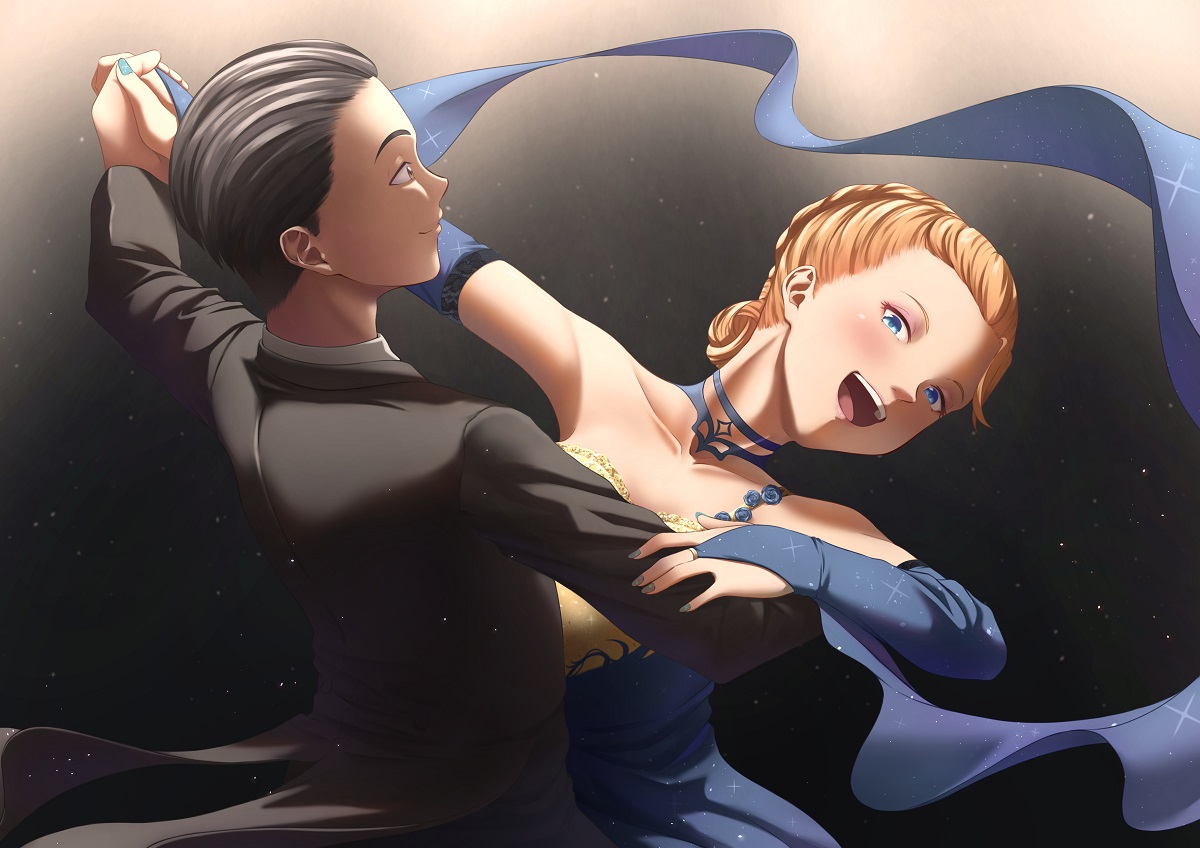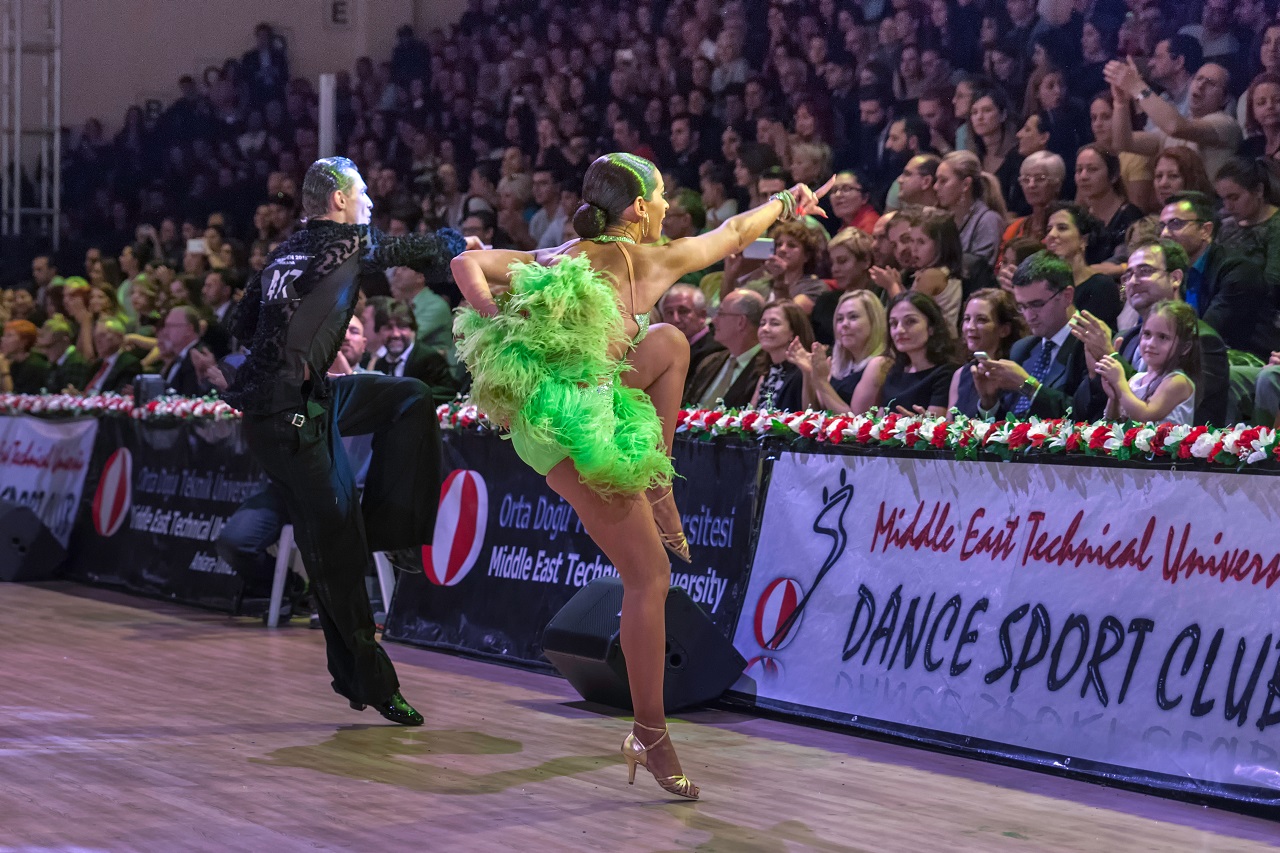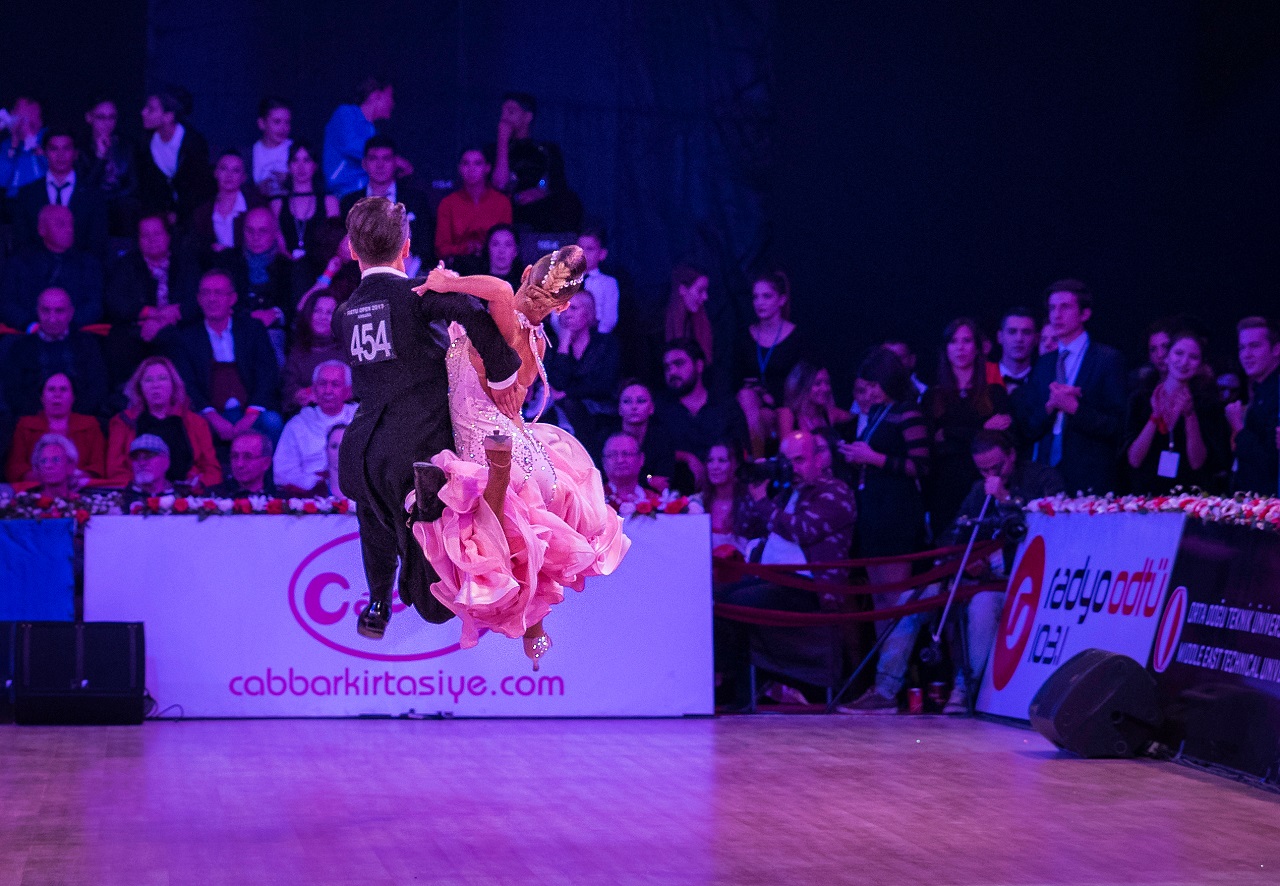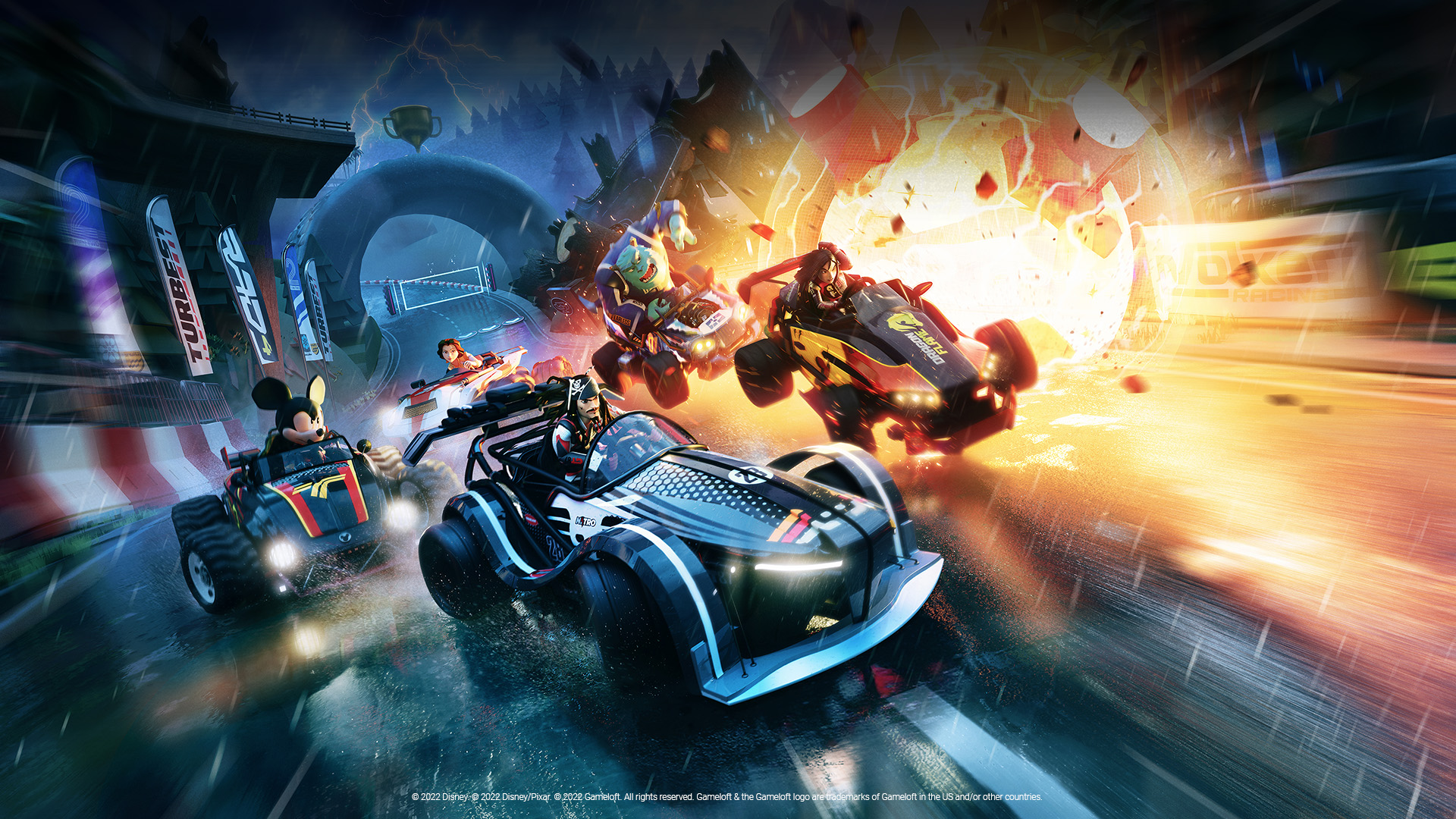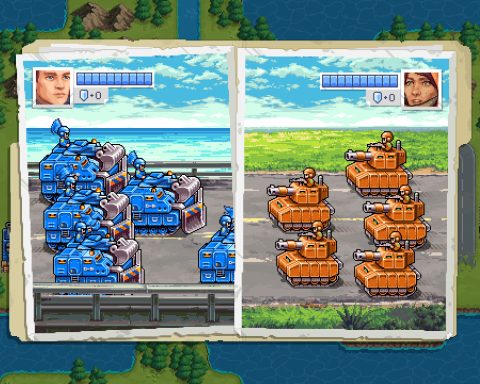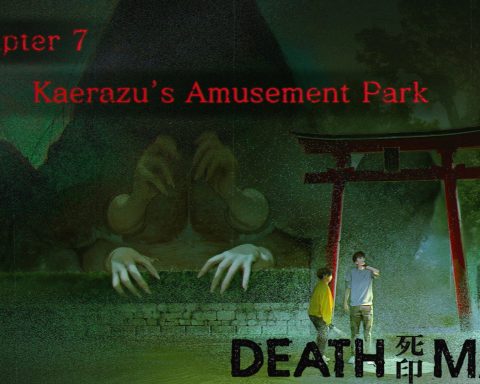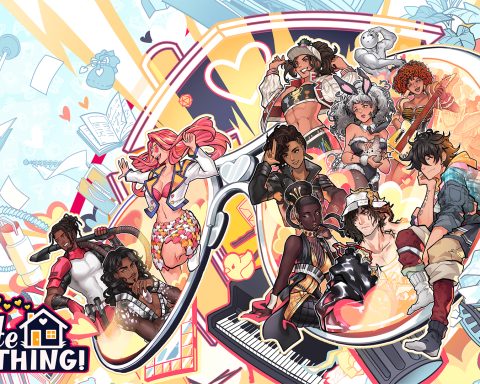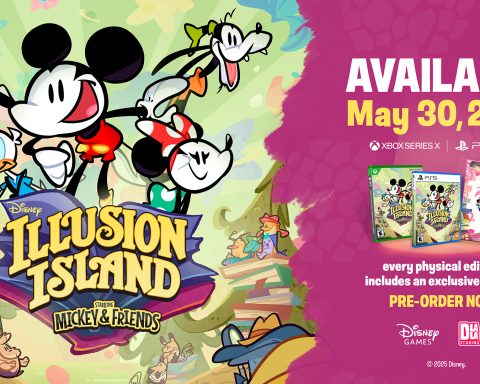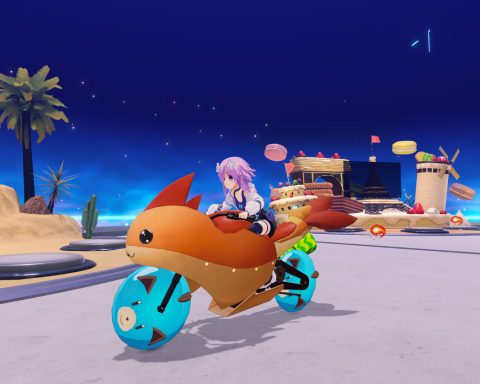In 2016, a study by Paul J. C. Adachi and Teena Willoughby was published in the Journal of Youth and Adolescence that found that of people aged 17-25, playing sports video games increased involvement in real-life sports. “Sports video game play may be an effective tool to promote real-life sports participation and physical activity among older adolescents and emerging adults,” the authors noted.
That same year, a feature appeared in The Guardian that looked at the historical significance of EA’s FIFA football series, the biggest sporting video game series of all. FIFA 22, the most recently released one at the time that the article was published, has sold over nine million copies worldwide. That success is odd when you consider that, historically, football has not been that significant of a sport in America.
As quoted in The Guardian report: “’There was great scepticism in the US about the future of soccer,’ Trip Hawkins, the computer programmer who had founded EA in 1982, told me. ‘Nobody cared.’ Soccer was still seen by many as a benign distraction for children who showed little talent for American football, the sport on which EA’s early fortunes had been founded.”
The original FIFA, created in 1993, was such a low priority that it only had a development budget of $30,000 per month. FIFA 2016, the most recent game at the time that The Guardian article was published, had a budget of $350 million.
Meanwhile, the actual game of football in the US is no longer a “benign distraction.” The FIFA World Cup might not draw the eye-watering numbers that the Super Bowl does, but with anything from 12 to 15 million, upwards of 25 million tuning into the World Cup, the numbers are healthy. Especially when no one expects the US to win the thing. Meanwhile, the domestic competition, Major League Soccer (MLS), has had its attendance growing at a rate that, at times, makes it the fastest growing competition in the world.
“In many parts of the world, the word ‘FIFA’ is synonymous not with football’s scandal-ridden governing body, but with the video game that licenses its name,” The Guardian article notes. The sum of the above all paints a singular picture; a sport benefits from having a popular video game behind it. The video game, while being a commercial product itself, encourages its players to explore the real sport, and perhaps take up participation at the amateur level. It inspires kids to choose that as their weekend sport, and ensures that the stadia are filled with cheering fans on game day. FIFA, the video game, has been instrumental in making football, the sport, a bigger event than even The Olympics.
DanceSport, meanwhile, hasn’t even really tried to leverage the marketing value of video games.
A squandered opportunity
I can think of just two attempts to capture dancesport in a video game. In 2007 and 2008, riding on the popularity of Dancing With The Stars at its highest (in the US, anyway), there were two licensed games created: Dancing With The Stars (for PlayStation 2, Nintendo Wii and PC), and then Dancing With The Stars: We Dance! for Nintendo Wii and Nintendo DS. These games followed the format of the show closely; you would choose a celebrity/dancer couple, and then pick from a range of licensed music and dance styles. The judges would then score you based on how accurately you performed, and if you did well enough, you’d get to “come back next week” (i.e. choose another song to perform).
“Dancing” was exceedingly limited, however. There were two feet icons at the bottom of the screen, and just like in many other rhythm games, icons would float down the screen in time with the music. Your job was to hit the button just as the floating icons reached the stationary icons. If you did that, you were pressing the buttons in time with the music
This is obviously a very limited representation of the sport. There was no option to choose choreography, much less emulate the multitudes of movements that make up dancing beyond putting your foot on the floor at the right time. And yet it was an effort, and not an unreasonable example of a rhythm game.
Sadly there was no effort to build on the basis, and with no effort at competition or other takes on the sport, when the Dancing With The Stars games went away, so too did dancesport disappear from the sight of video games again. Through all the technical advances and technologies that could potentially make for interesting material for a dancesport game, there have been no further attempts.
Dancing video games, meanwhile, have exploded in popularity thanks to these new technologies. Just Dance has been a breakaway hit for Ubisoft (despite the original title, released in 2009, just one year after Dancing With The Stars, receiving a far harsher critical panning). Just Dance uses motion controllers to track how a player moves their whole body in time with the music, and is therefore a far better effort at capturing the core appeal of dance than button presses)
In 2019’s Beat Saber, meanwhile, uses virtual reality technology to simulate your movement through space and track your movements with utmost precision. With that foundation, players have since been able to find ways to express their own creativity with the movement, and YouTube is now full of videos of people playing Beat Saber that are as much performance as they are gameplay.
Finally, rhythm games like DDR remain as popular as ever in arcades. The challenge with these games is to bounce on squares in time with the music. Take the movements of these players out of context and it looks silly – more akin to super-fast Twister than dancing – but it highlights a fundamental truth. People like moving to music, and video games can be a useful way of facilitating and organising that activity.
Through all of that, there has been little effort from dancesport bodies to find ways to participate in video games. It’s hard to shake the perception that through all of the times when dancesport has been a visible part of popular culture, there was little interest in finding ways, such as video games, to make that visibility a long-term opportunity for growth.
Dancesport could be an excellent video game opportunity
Dancesport, as a sport, features several qualities that would make for good material in video games.
Firstly, dancesport is highly visual. Some other sports have likely struggled to make much of an impression in video games because of some aesthetic challenges – think sports like European handball, badminton, or water polo. These are all fine sports with a global audience, but it’s difficult to make them pretty and visually interesting in action. The popular games – representing sports like baseball, tennis, football, cricket and ice hockey, are instantly appealing to watch, regardless of your level of experience with the sport. Dancesport is more like this. It’s why television has done so well out of the sport, and it’s why many people take it up in the first instance.
Secondly, dancesport is an activity that has a natural learning curve that is ideal for video games. Take rhythm games as an example. The first couple of times that you play a rhythm game, you’re going to struggle with it, but over time, with practice, as it becomes more familiar, it becomes easier. Many popular modern games – from Fortnite to Fall Guys and on to Candy Crush – are built around the idea of repetition and improvement.
Another thing that dancesport has going for it is how it’s scored. Most other sports games need to have an artificial difficulty curve, where the AI- controlled opposition will be “stupid” or “smart” depending on the setting chosen, so that it can be easier or harder to defeat based on the player’s skill level. However, this has the effect of making
the lower difficulty settings come across as inauthentic and lacking the real-world sport’s energy; meanwhile, the higher difficulty levels are frustratingly perfect in the way the game plays. A dancesport game could avoid many of these challenges by offering a much more natural learning curve, more akin to learning a musical instrument than playing a game.
Another useful advantage that dancesport has is that it is an inherently story-driven sport, and this allows for the developer to be more experimental in how the game itself would be presented. As the enduring success of films like Strictly Ballroom shows, people are inherently interested in the drama of what drives dancers, the relationship dynamics between partners, and the obscure nature of how competitions are run and scored. There is an increasing emphasis placed on telling stories through sports games, and there’s an opportunity there to tell truly unique stories through the medium.
Finally, and perhaps most importantly of all, dancesport appeals to people from all walks of life. Where most sports games are designed with the assumption of a male (and generally fairly young) audience, women and non-binary people are ever-more visible consumer groups for game development, but the sports genre has been slow to catch up with them.
There are, of course, limitations as well. Most people don’t have a lounge room large enough to give them freedom of movement for dancesport figures, so a precise 1:1 recreation of the sport’s movement isn’t possible. Then again, most people don’t have a lounge room the size of a football field, and developers have been able to find ways to abstract that experience.
It wouldn’t be necessarily easy to crack open what would make dancesport work in video games, but the sport needs it. The biggest challenge that it has as an activity is visibility. The people that attend DanceSport competitions and watch dancesport on streams are, overwhelmingly, existing dancers, and this is only ever going to result in shrinking participation and interest. For the sport to bounce back from COVID-19 and the challenging economic climate, it needs to find its way back in front of the mainstream, non-dancing audiences.
Video games have overtaken television and cinema to become the most popular form of entertainment on earth. It’s time for the sport to take on a new creative challenge.
Note: This article was originally published in the October 2022 issue of the Dee Dee Zine. As we are no longer publishing that magazine, we have republished it here for posterity.
